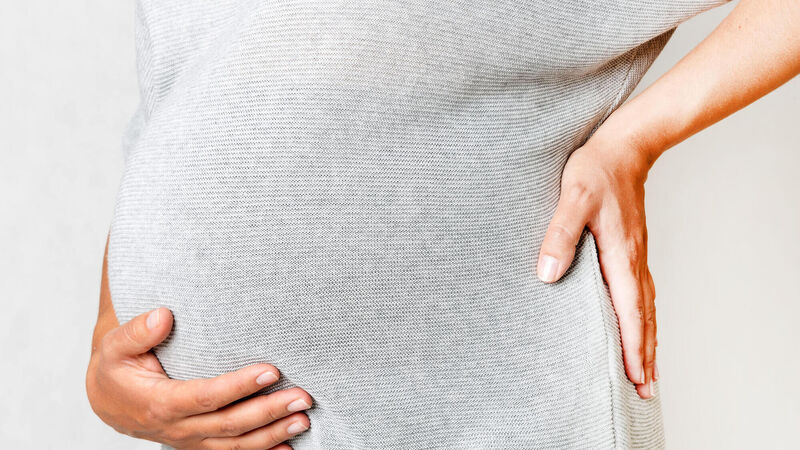More women having Caesarean sections and induced labour than ever before, review finds

Last year, 40.6% of women gave birth through Caesarean section compared to 29.6% in 2014.
More women are having Caesarean sections and induced labours than ever before, the HSE has said, with this partly linked to more older mothers and women’s changing choices.
Fewer women are having babies, with a drop of 11% last year compared to 2014. Fewer women are also having more than one baby.
Last year, 40.6% of women gave birth through Caesarean section compared to 29.6% in 2014. Also 38.5% of women were induced compared to 29.6% in 2014, the Irish Maternity Indicator System National Report (IMIS) shows.
Dr Cliona Murphy, national infants women health programme clinical director, said various factors fed into this in Ireland and other countries.
She said the rising Caesarean section rate was "quite linked" to women who are induced, including when induction is decided upon before labour, or where it is decided the induction was not likely to be successful so Caesarean section was required.
Maternal choice is another factor, she said and more women having gestational diabetes.
Demographic changes such as “the rising age of first-time mums” and the general increase of obesity, including among women, were also relevant.
The review shows a decline in rates of neonatal encephalopathy, a type of brain damage, from 1.49 per 1,000 babies born in 2015 to 1.37 in 2024.
The number of baby deaths in pregnancy or soon after delivery dropped from 6.05 per 1,000 births in 2014 to 5.42 in 2024.
The number of such deaths for babies weighing 2.5kg or over without congenital anomaly fell from 1.38 per 1,000 births in 2014 to 0.98 in 2024.
"There is a focus there obviously in looking at any deaths that can be avoidable," she Dr Murphy said. "So internationally our rates would be very well within accepted limits among OECD countries.”
In addition, six women died last year either while pregnant or within 42 days of giving birth.
Ectopic pregnancy rates increased from 11.9 per 1,000 to 18.9. This can be affected by “smoking, pelvic inflammatory disease, endometriosis and previous abdominal surgery”, the review said.
Dr Murphy described as “striking” the falling birth-rate, with 53,185 births last year compared to 67,263 in 2014.
The Rotunda in Dublin was the busiest, with 8,457 births, while Clonmel had the lowest numbers at 675. Cork University Maternity hospital was the busiest outside Dublin, with 6,622 births.
The proportion of women giving birth for the first time rose to 42.4% from almost 39%. The proportion of births for women who had a child already dropped to 57.6%.
“These are important demographic trends, reflecting the increasing population in Ireland and smaller family sizes,” the HSE said.









